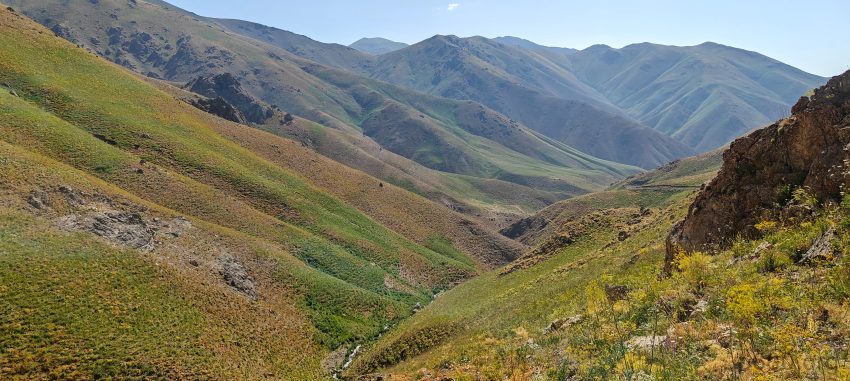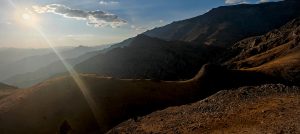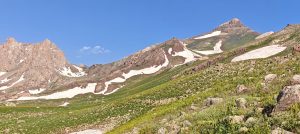A previously unreported ultra-prominent peak in Turkey? That’s a gem we definitely want to bag. Recep confirms we can climb it without permits—though some local knowledge wouldn’t hurt. After our drive two days ago, we felt a bit stressed about reaching our preferred starting point, but Erdem assured us over the phone that we could drive as far as needed. He was absolutely right; we parked the car at the end of the road, just before the stream. Sure, the road continues, but it goes in the wrong direction for us. So, we hit the proper trailhead. Good start—half the work is done.

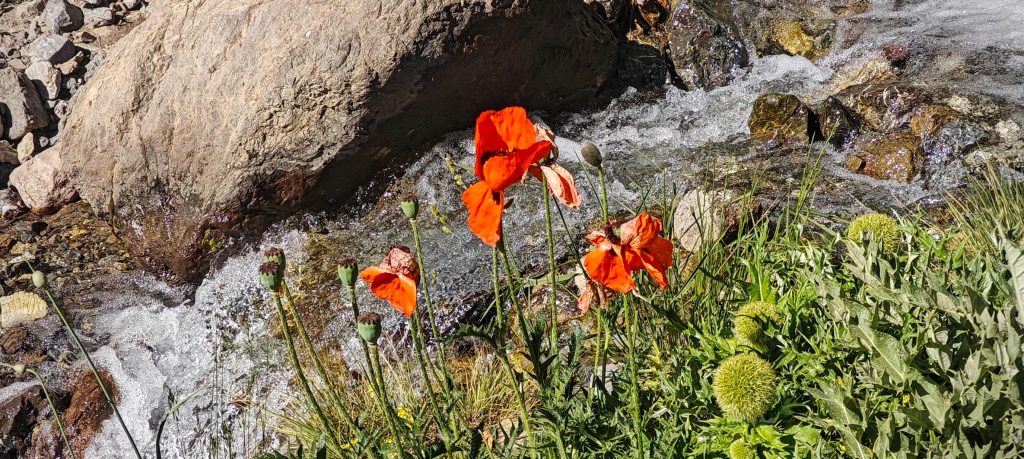
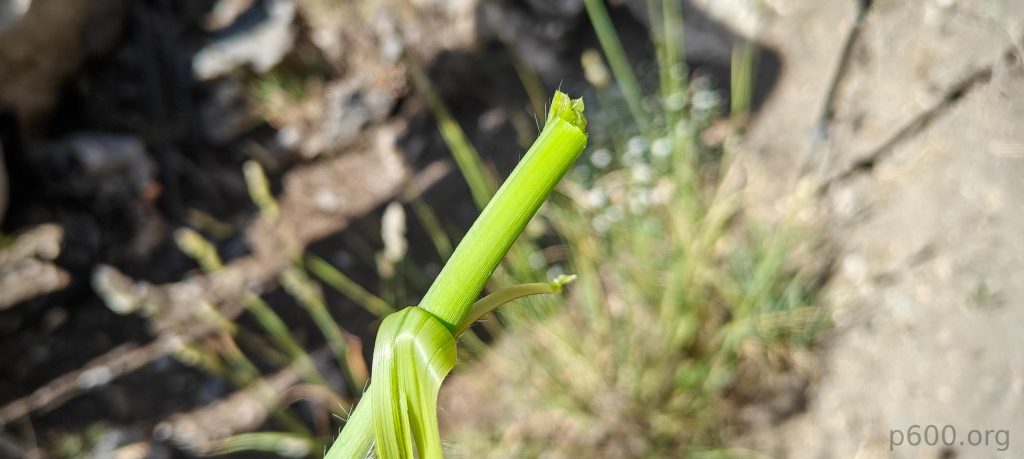
Recep prepares a quick breakfast for us: plenty of cheeses, vegetables, tea, coffee, and some cookies. Excellent, we start walking. In the first 60 seconds of the walk, we encounter a serious obstacle—a wide stream, wide and deep enough to soak our shoes. Of course, it’s not dangerous, but it would be a shame to get our shoes wet in the first few minutes and have to squish around all day. Each of us finds our own path, and some of us mitigate the risk by crossing the stream barefoot.
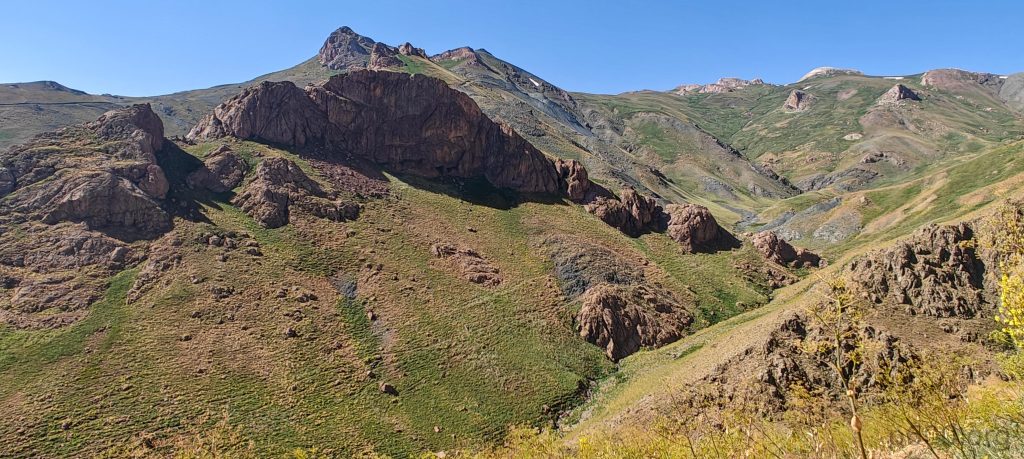
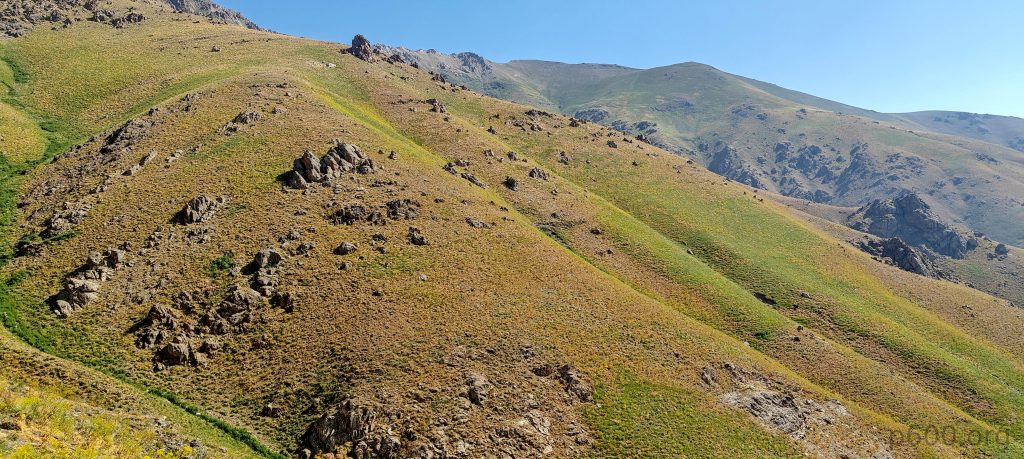
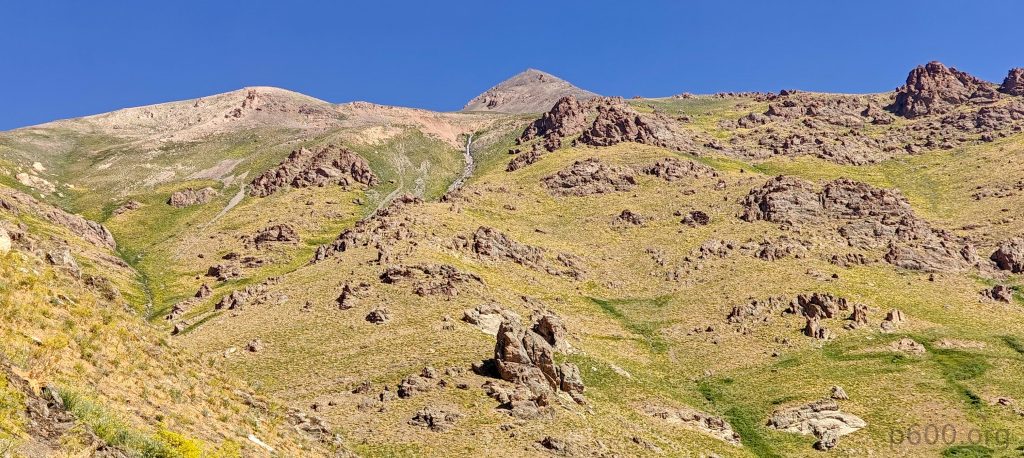
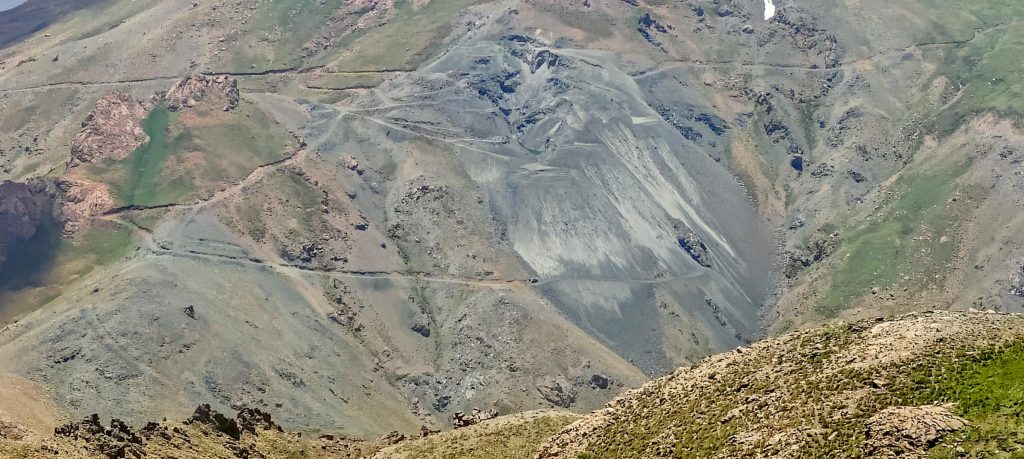
We follow the local guide along the stream, soon turning onto a steeper slope and picking up the trail again. The hike is comfortable and scenic, with vibrant landscapes surrounding us. At the midpoint, Erdem invites us for a cup of tea at the shepherd’s camp—a very hospitable and much-needed break halfway to the summit. He explains that he owns all the sheep herds around here, each consisting of nearly a thousand sheep. One or two shepherds and a few dogs guard each herd. What an impressive system!
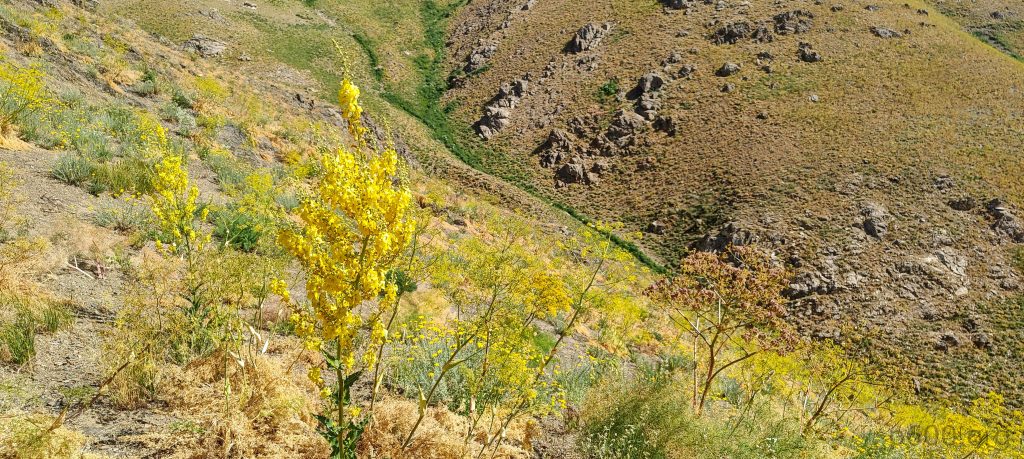
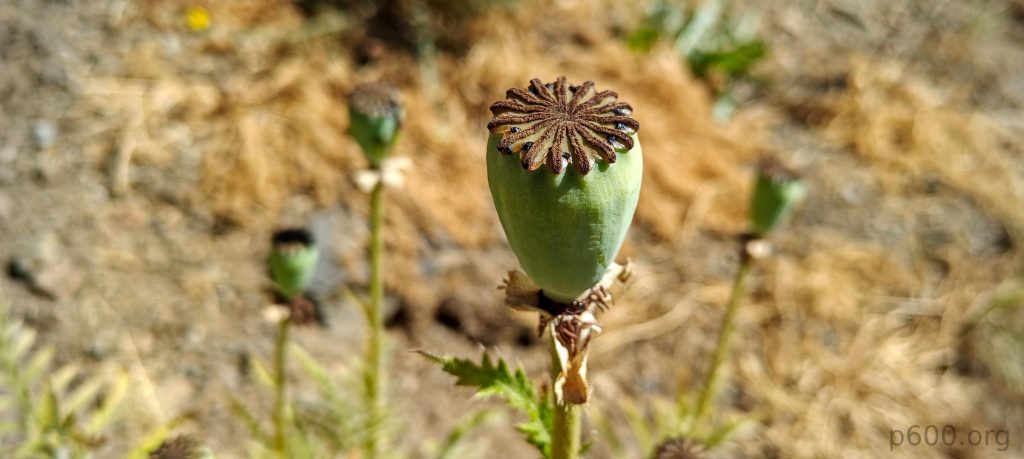
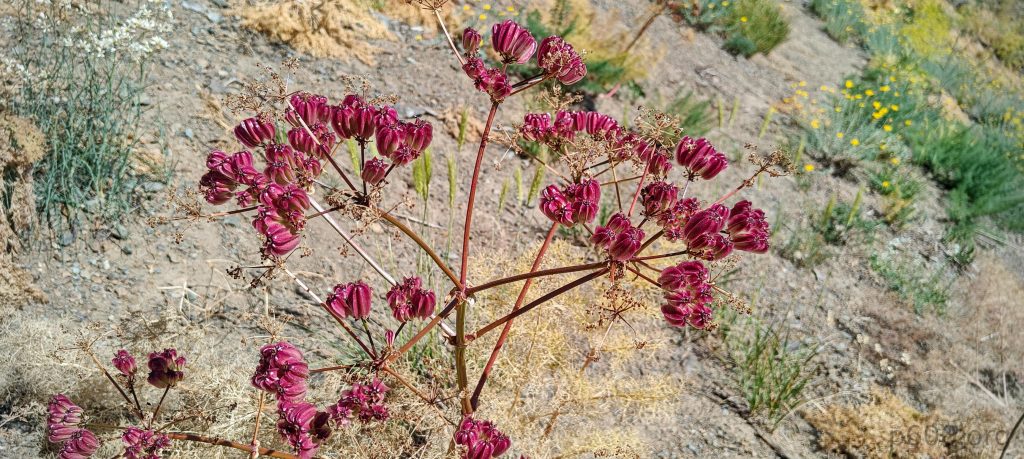



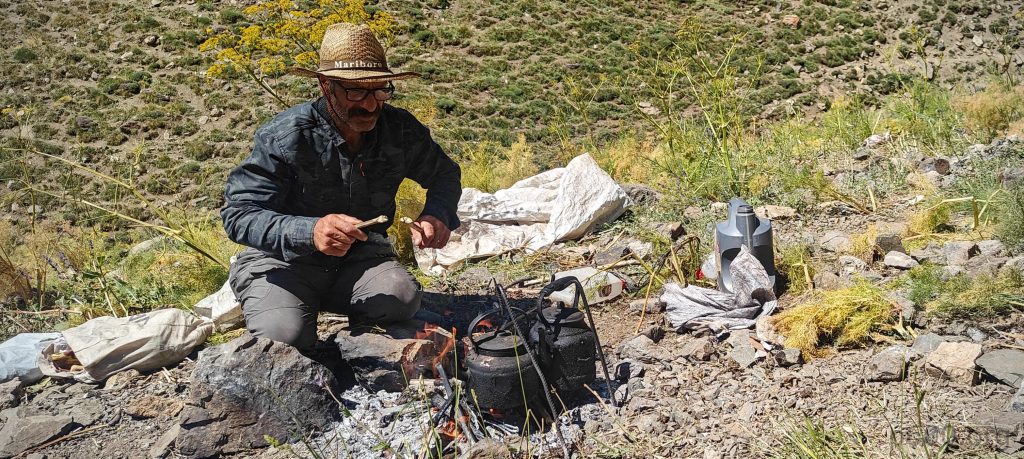

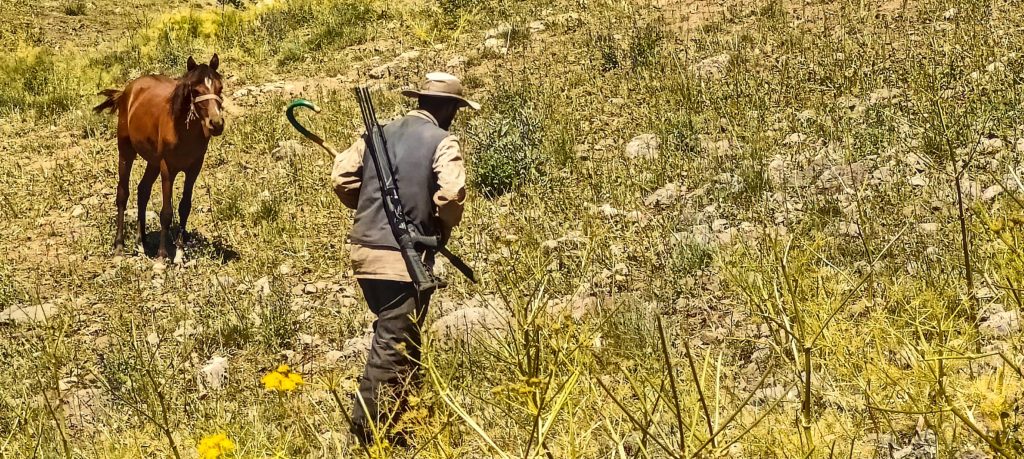
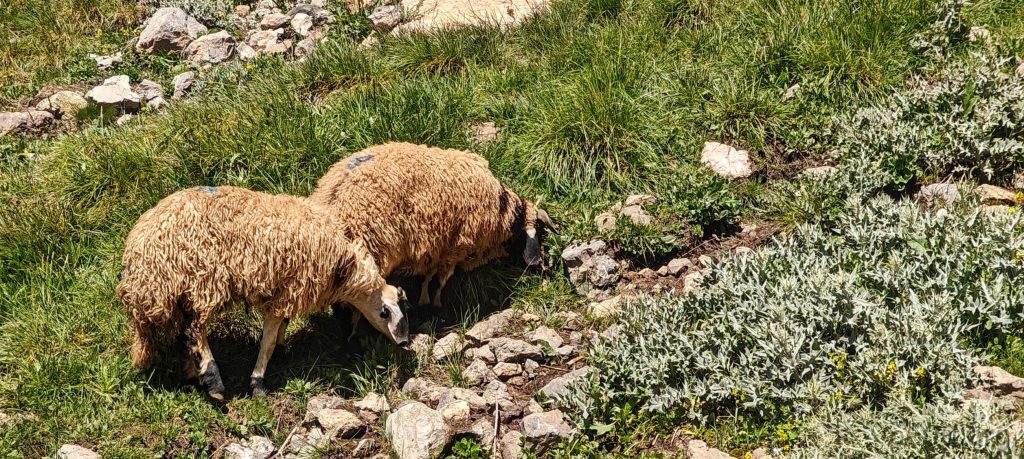


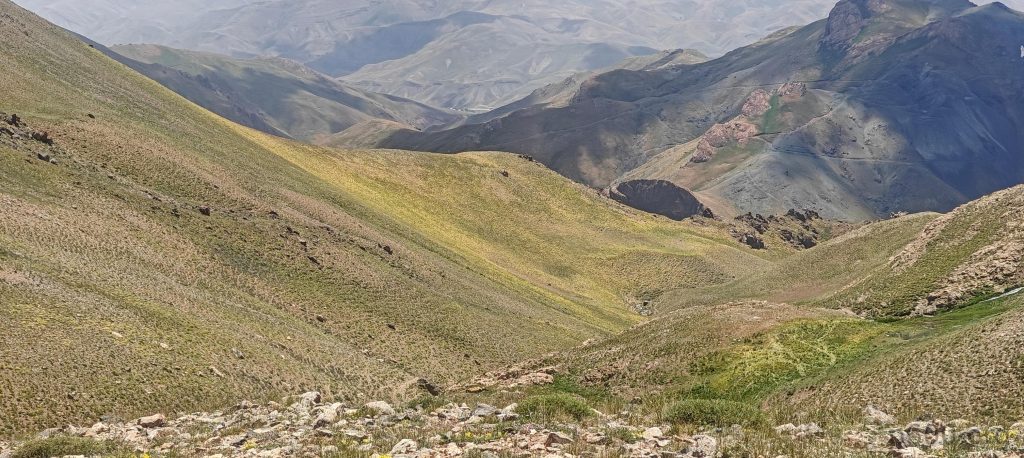
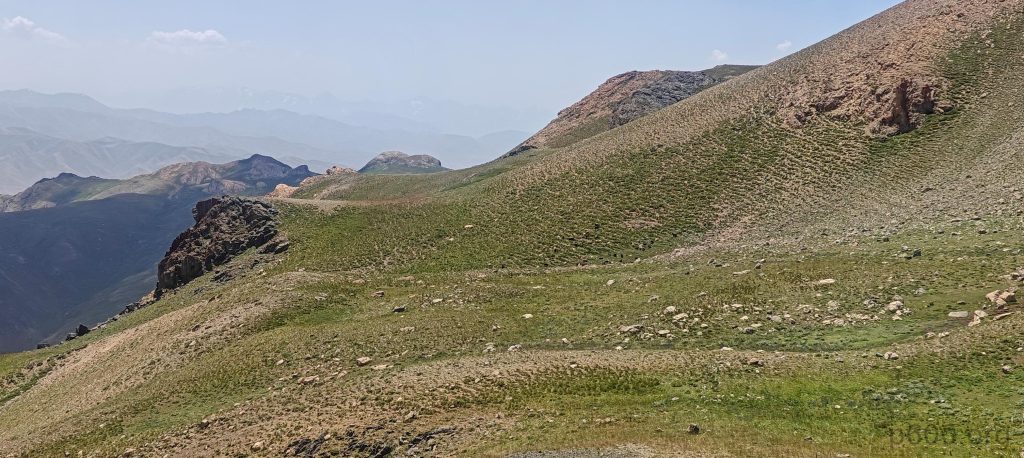

After our tea break, we continue climbing the gradual slopes and reach the summit bump base. Here, we face two choices: go left or right. To the left, the climb is steep, with tall scree that’s manageable and obviously shorter. Later, we’ll descend on the other side, which is a bit longer but less steep and likely has fewer loose rocks. Though, let’s be honest, the difference isn’t dramatic.

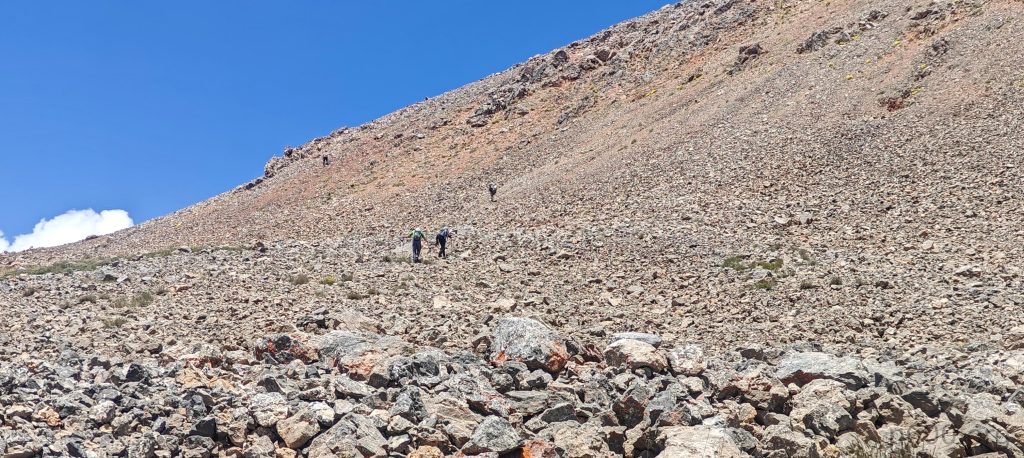
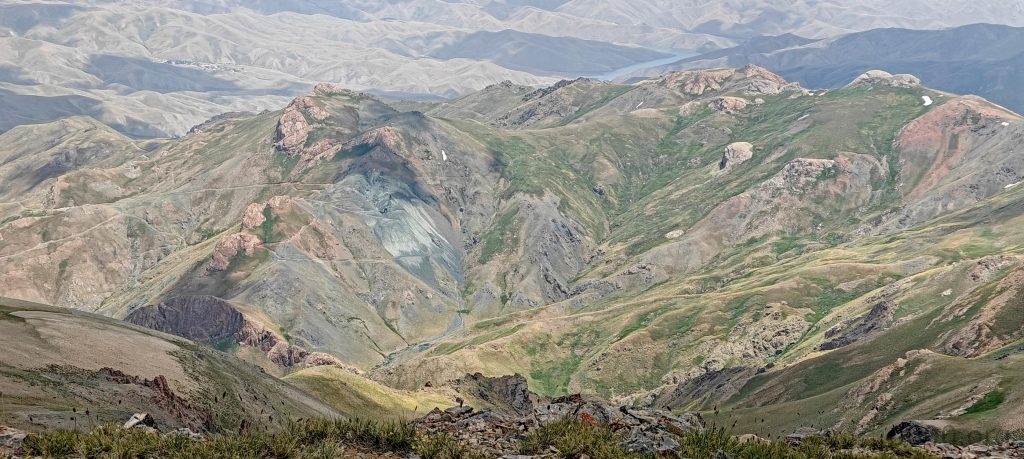
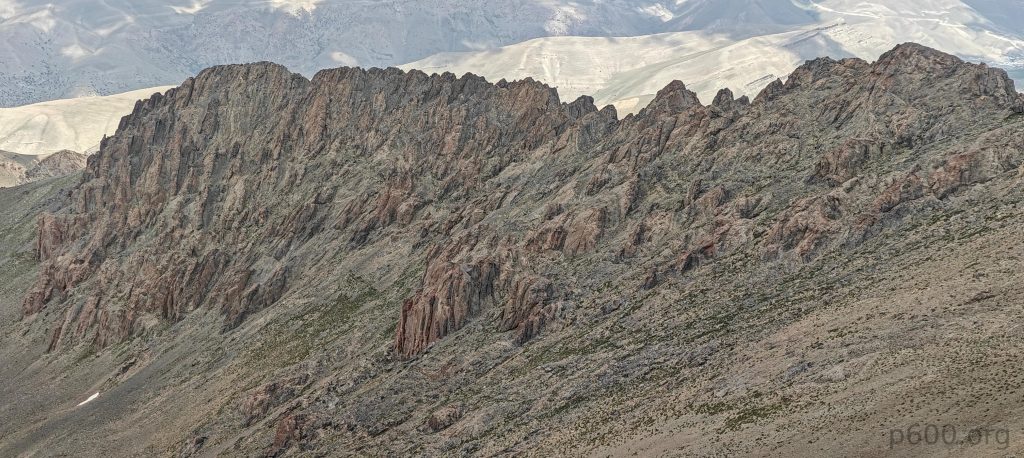
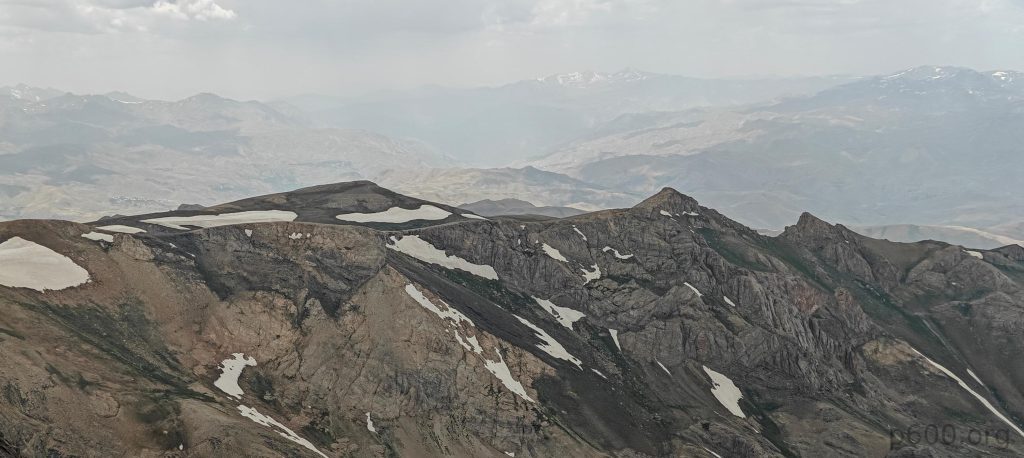
The summit isn’t marked, but a few stone windshields dot the top. The views are fantastic, even with rain clouds lurking in the distance. Iranian border structures are visible on the nearby peaks, adding a bit of mystique to the hike. Erdem proudly points out that we are the first foreigners to reach this summit, which is quite the novelty. Meanwhile, Steven and Adam have ventured off to Dola Koxe for a bigger loop, planning to return from the other side. The rest of the team spends a leisurely ten or twenty minutes soaking in the peak’s atmosphere before we start descending the east side.
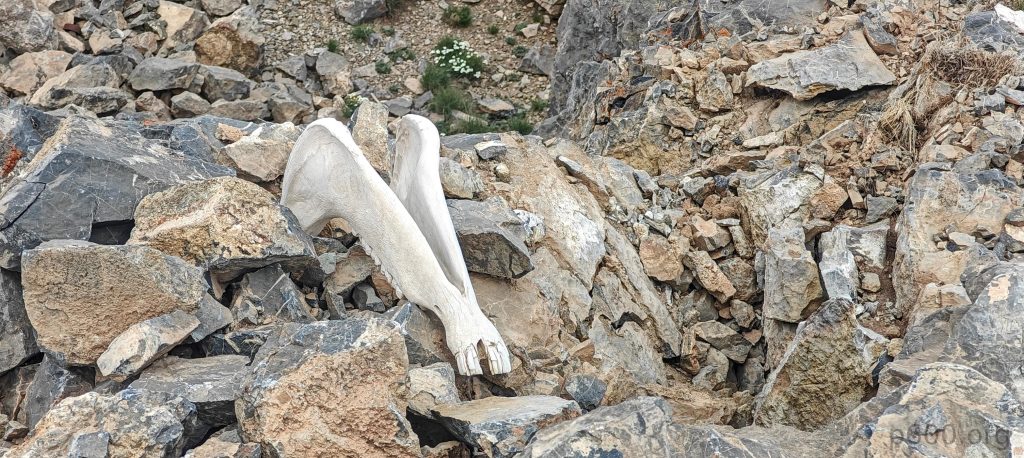
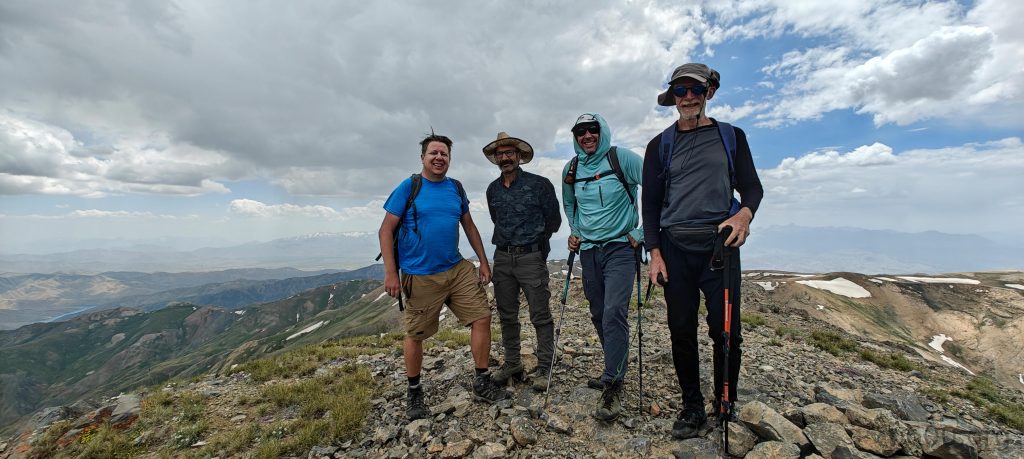
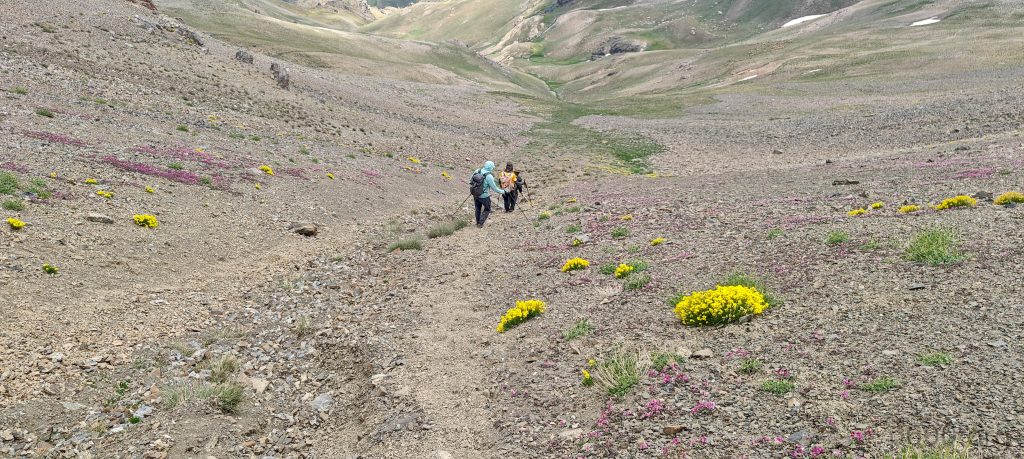

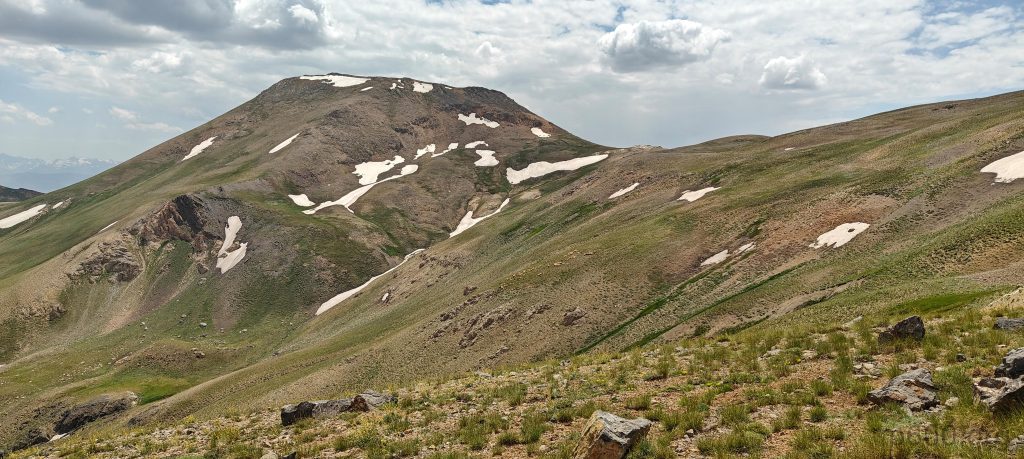

We then opt for a parallel ridge as a shortcut back to the car. The shortcut is mostly decent, except for a treacherous hundred-meter vertical section that’s best avoided unless you enjoy slipping and sliding. We might have shaved off some distance, but I’m skeptical we saved any time. Still, discovering new routes is always welcome.
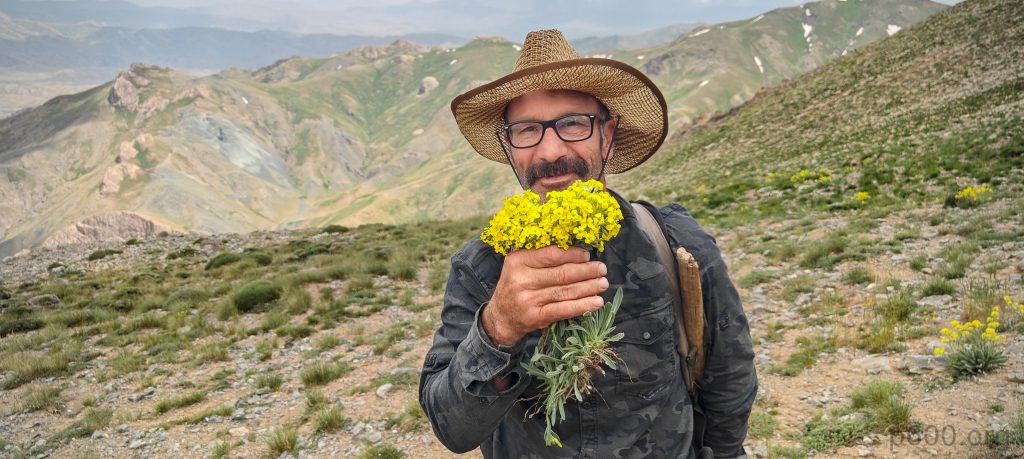

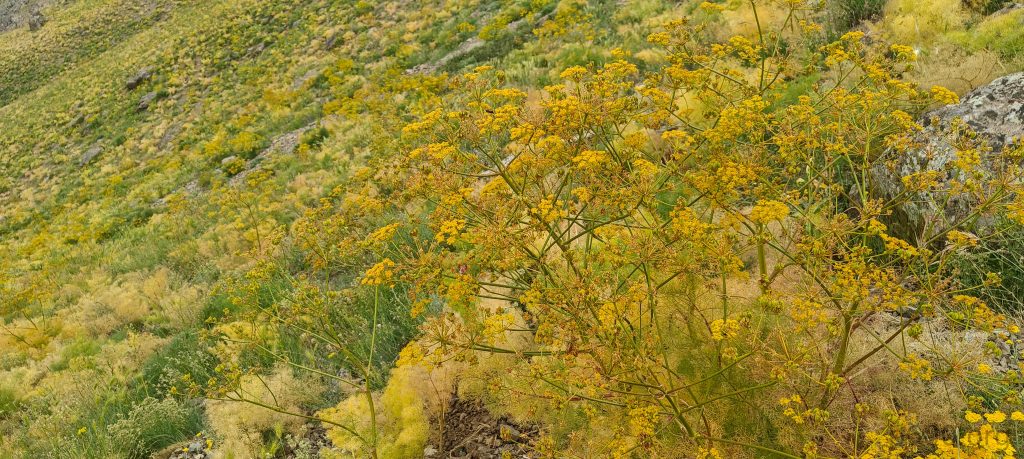


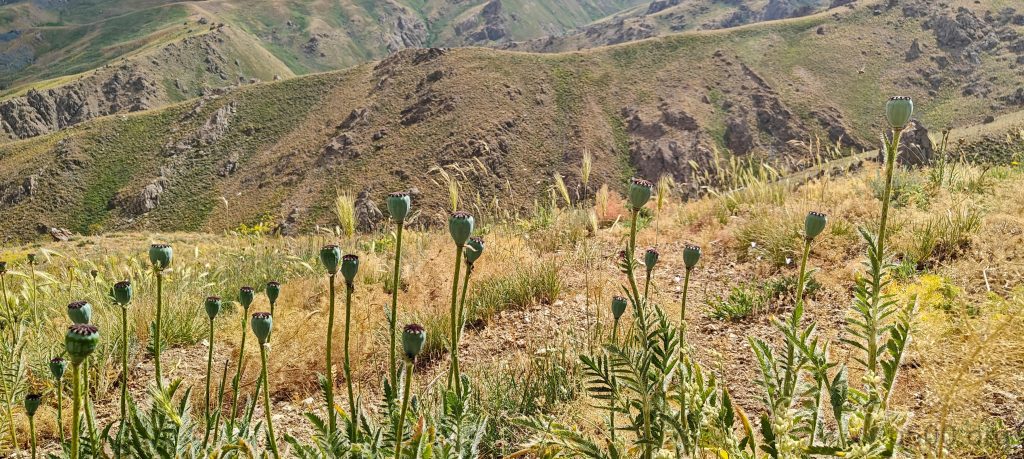
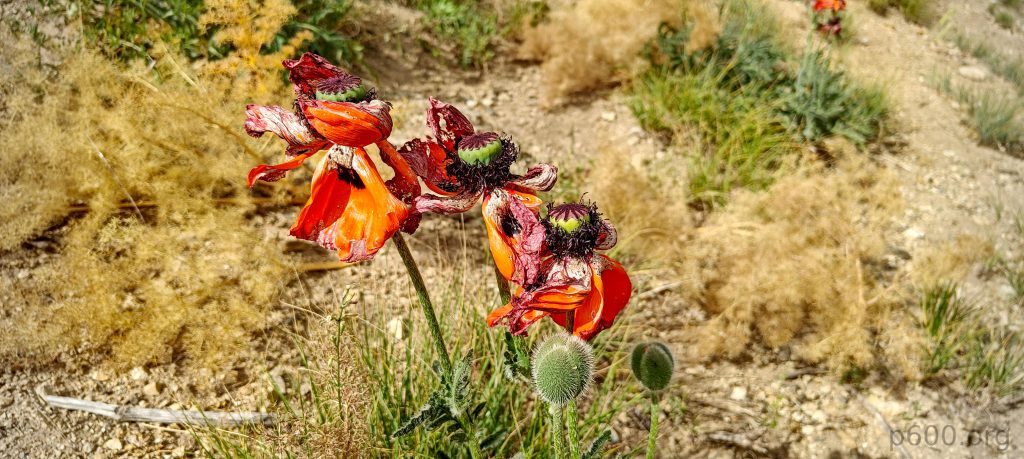

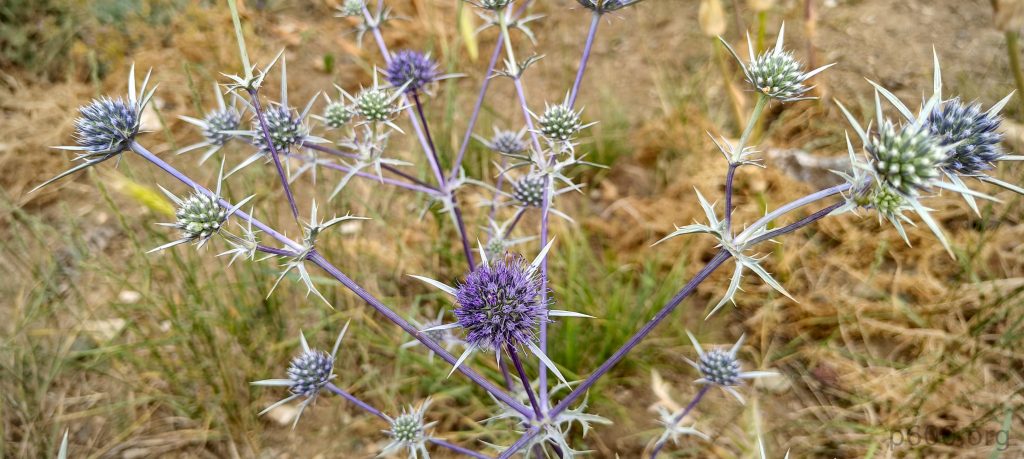

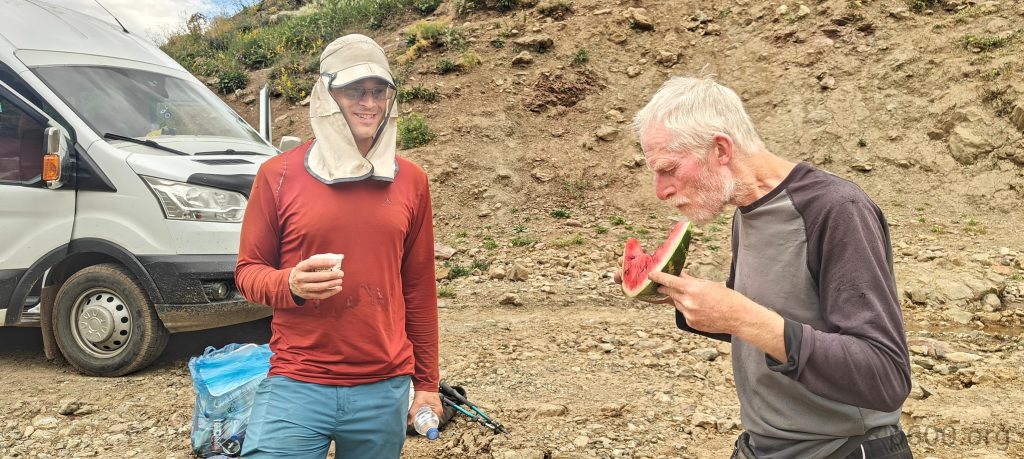
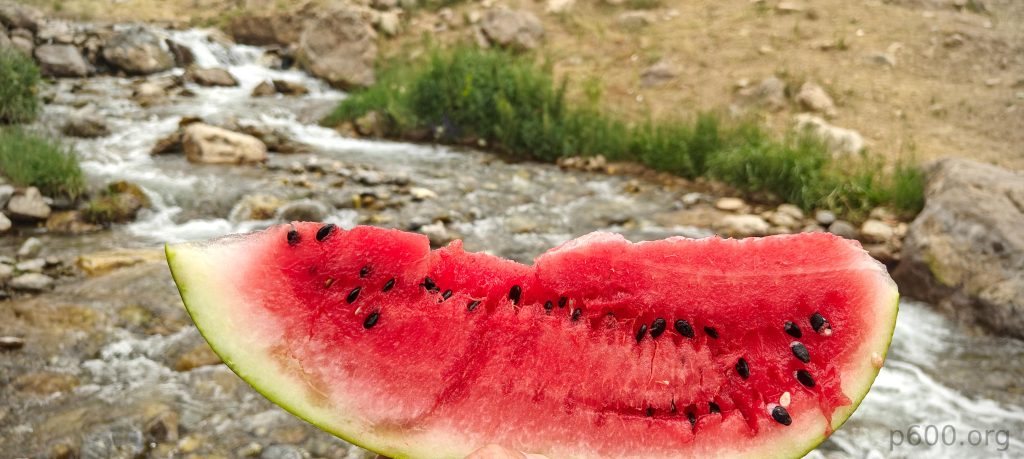
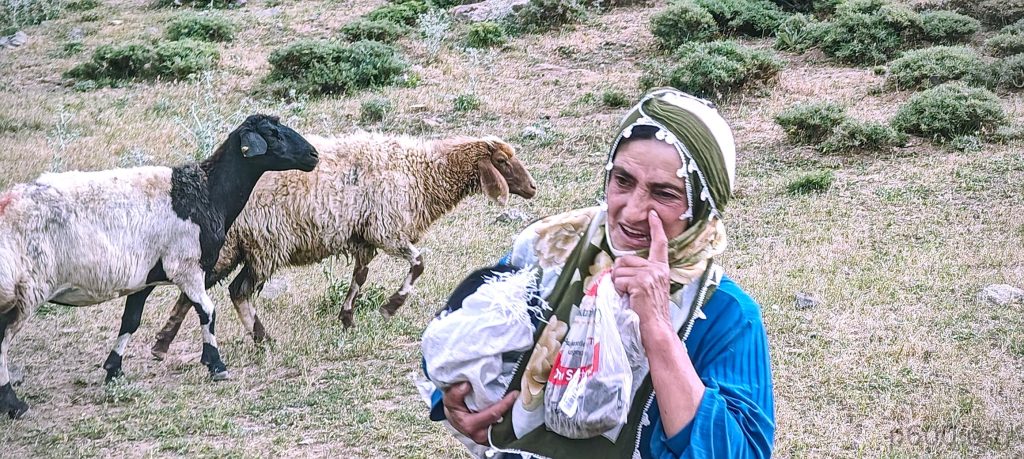
After the descent, we enjoy some cooled watermelon and, obviously, tea. It’s refreshing. On the way home, Erdem invites us for another cup of tea. That’s really nice; we’re welcomed by the whole family and offered sweets and infinite tea. Infinite, because once I finish a cup, it’s instantly refilled again—I feel like it will never stop! The only way to stop is to leave it half full. It was a very successful day, and Erdem is a great guy who made it a memorable hike. We drive back to the hotel in Yüksekova, preparing for a long journey toward Suphan Dağı tomorrow.
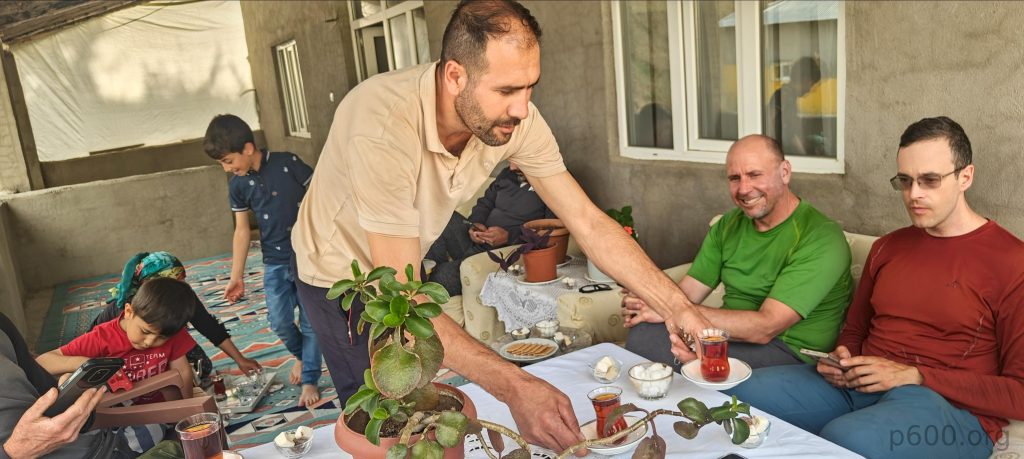

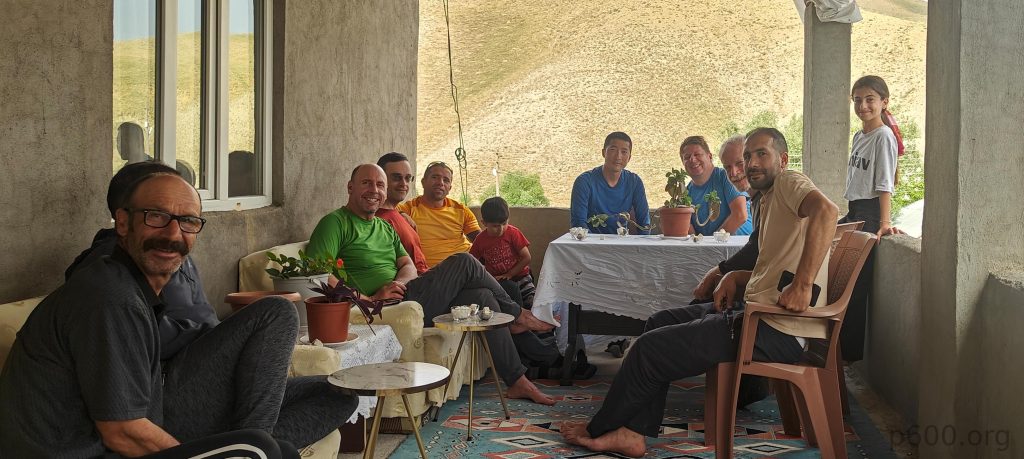
Steven’s account of our hike can be found here.
